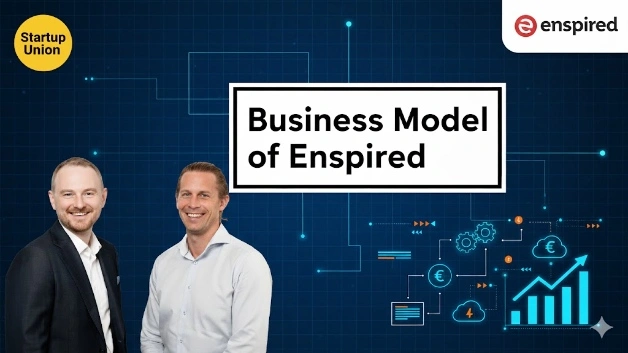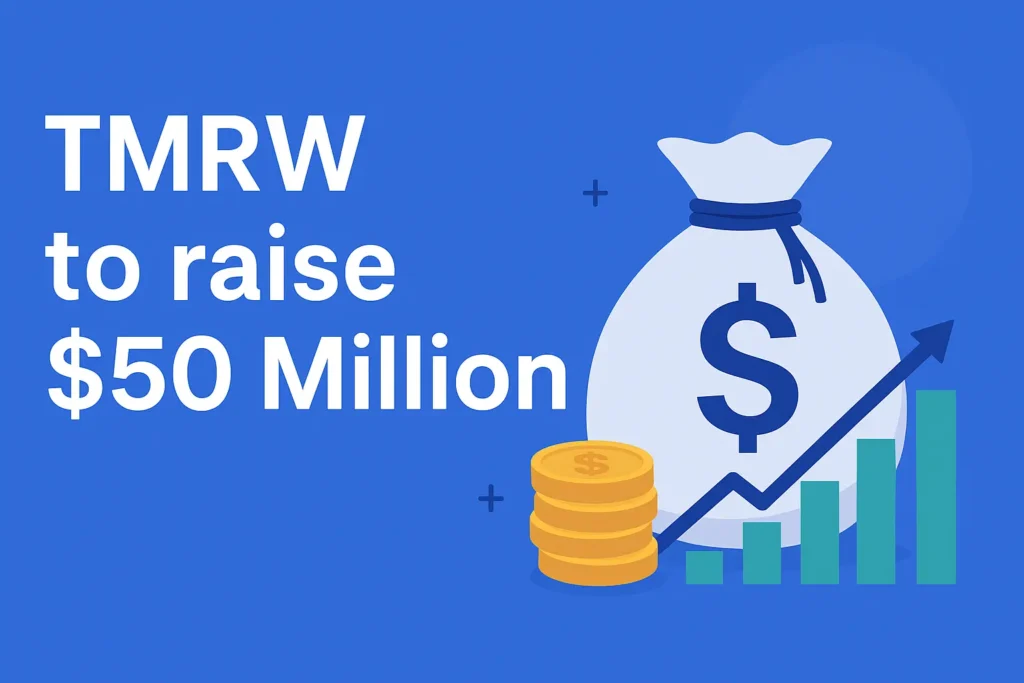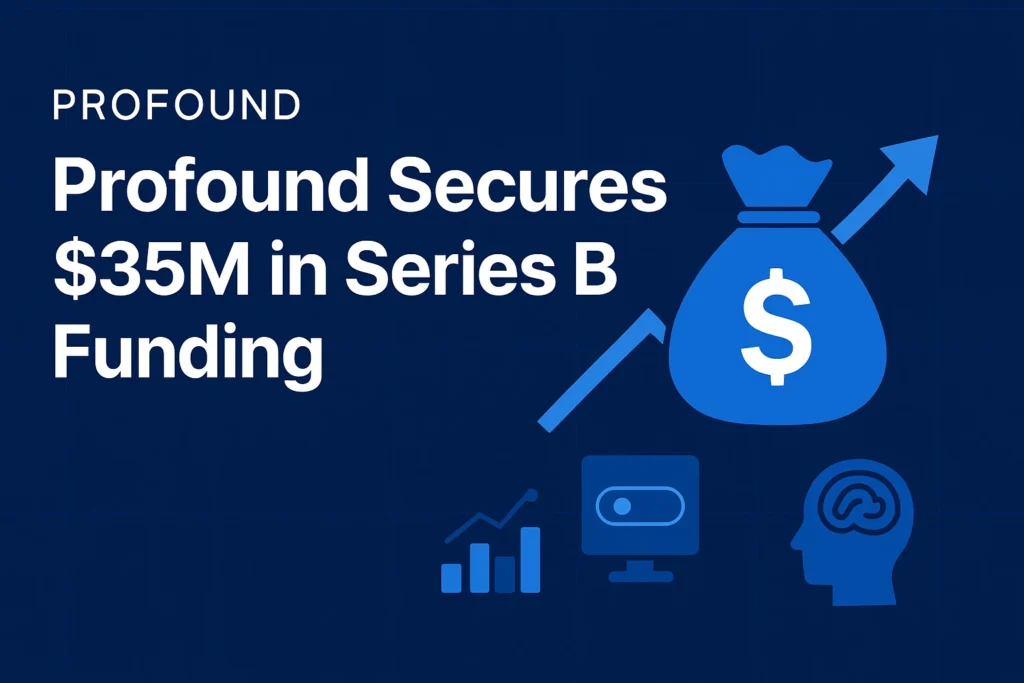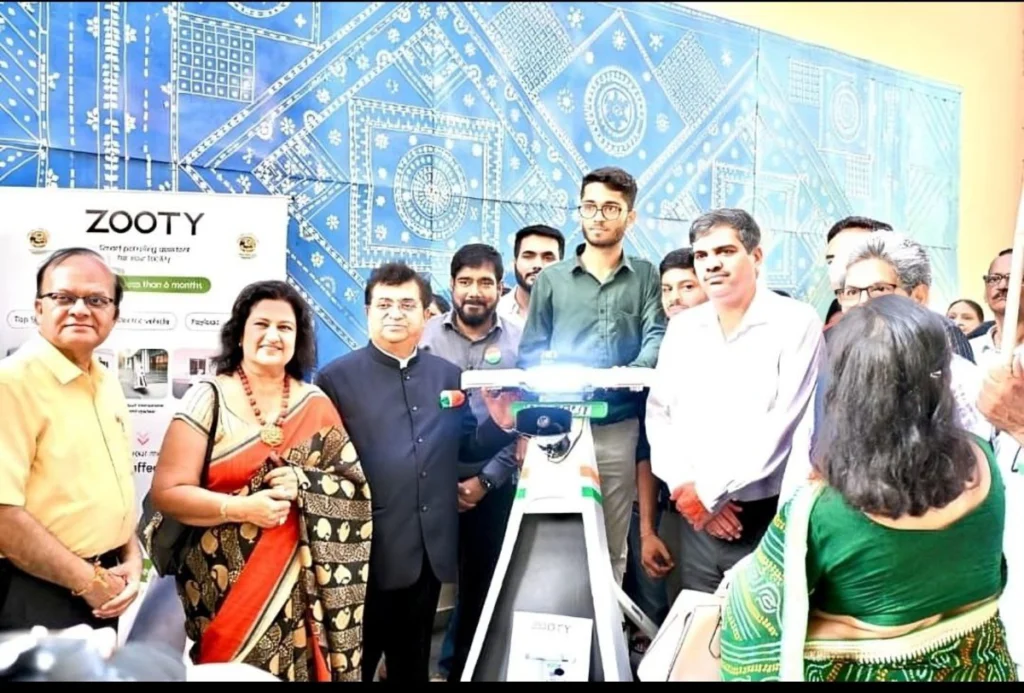| Category | Details |
|---|---|
| How Enspired Started | Business Model Of enspired: Vienna, 2020. CEO Jürgen Mayerhofer teams up with Wolfgang Eichberger and Mario Schmoltzi after years of just banging their heads against the wall over energy market inefficiencies. These guys saw something wild happening—battery hardware costs were absolutely tanking, but operators? They had basically zero sophisticated tools to make serious money across wholesale, control reserve, and ancillary service markets. Enspired’s answer was straight-up genius: proprietary AI-powered trading infrastructure that makes optimization decisions in milliseconds instead of the hours traditional systems take. They built one of Europe’s fastest automated trading platforms specifically for high-frequency storage arbitrage—not some retrofitted thermal generation system. |
| Present Condition of Enspired | Right now? Enspired’s crushing it with over €40 million in extended Series B funding. Future Energy Ventures just jumped in alongside returning heavyweights like Zouk Capital, EnBW New Ventures, Banpu NEXT, PUSH VC, and 360 Capital. Here’s the kicker—Enspired manages over 1 GW of battery energy storage assets across Europe, making them the continent’s leading commercial optimization platform. Their expansion pace is absolutely bonkers: six new markets in twelve months beyond Austria and Germany. Enspired’s running one of Europe’s fastest automated trading platforms executing trades in milliseconds across multiple markets. And unlike competitors hiding behind theoretical projections, Enspired publishes actual certified portfolio revenues. Oh, and they’ve already locked down their first international partnership with Banpu NEXT, bringing Enspired’s AI optimization magic to Japan’s electricity market. |
| Future of Enspired and Industry | It got massive plans: U.S. market entry targeting America’s exploding utility-scale storage deployments, deeper Asian expansion through the Banpu NEXT partnership, and continued European penetration. The industry trajectory? Absolutely wild. Global BESS market’s jumping from $50.81 billion in 2025 to $105.96 billion by 2030—that’s 15.8% CAGR. We’re talking 520-700 GWh battery storage capacity additions annually by 2030, worth $120-150 billion. IEA’s Net Zero scenario demands 1,500 GW installed storage capacity by 2030, with batteries delivering 90% of that growth. McKinsey’s predicting 29% annual growth for utility-scale BESS through 2030, potentially grabbing 90% total market share. Asia Pacific’s the fastest-growing region, driven by China’s 200+ GW storage rollout by 2030. |
| Opportunities for Young Entrepreneurs | Young entrepreneurs can tap into its ecosystem in seriously cool ways. Data analytics services—think visualization dashboards, portfolio performance trackers, predictive maintenance tools using BESS operational data from platforms like it. Integration solutions are huge: creating middleware connecting legacy energy management systems with modern AI optimization platforms. Geographic specialists can build market-specific optimization modules for emerging storage markets in Southeast Asia, Latin America, and Africa. Hardware-software integration opportunities exist building seamless connections between battery manufacturers and optimization software like Enspired’s. Specialized applications include behind-the-meter commercial storage, EV charging integration, microgrid optimization. Training and consulting services help storage operators transition from manual trading to automated AI-driven optimization that companies like Enspired pioneer. |
| Enspired’s Market Share | Operates in a fragmented BESS optimization software market with no dominant global player yet. Managing over 1 GW of European assets positions Enspired as the continent’s leading commercial optimization platform. Main competitors include Tesla’s Autobidder (serving Tesla Megapack installations globally), Fluence (providing AI-driven energy storage management for major utilities), and Greensync (primarily Australian market). It differentiates through simultaneous cross-market optimization, millisecond trading speeds, and transparency—publishing actual certified revenues versus competitors’ theoretical projections. Enspired’s geographic expansion into U.S. and Asian markets targets regions where local competitors lack Enspired’s sophisticated AI infrastructure. |
| Enspired’s MOAT (Competitive Advantage) | Its competitive advantages are seriously stacked. Fastest trading infrastructure with millisecond execution speeds on Europe’s short-term power markets—catching price signals competitors completely miss. Its proprietary algorithms optimize simultaneously across wholesale, control reserve, and ancillary services versus competitors’ sequential approaches. Transparent performance publishing with actual certified portfolio revenues gives Its credibility that attracts conservative utility investors. Strategic investor network includes major players providing market access. First-mover advantage with 1 GW asset management and six-market expansion before competitors catch up. |
| How Enspired Makes Money | Revenue is generated through multiple streams that scale beautifully. Asset management fees—percentage-based charges on battery storage assets under management calculated on total portfolio capacity. Performance-based revenue share captures a percentage of incremental revenues Enspired generates versus baseline unoptimized operations, perfectly aligning incentives. Platform licensing provides SaaS subscriptions for access to their trading infrastructure, analytics dashboards, and optimization algorithms. Transaction fees charge basis points on trading volumes executed through the platform across wholesale and ancillary markets. Strategic partnership revenue includes fees from partnerships like Banpu NEXT for market entry support and technology transfer. Consulting and integration services provide implementation fees for connecting new BESS assets to their platform. The business model scales proportionally to global BESS deployment growth reaching 520-700 GWh annually by 2030. |
I’m Araib Khan, an author at Startups Union, where I share insights on entrepreneurship, innovation, and business growth. This role helps me enhance my credibility, connect with professionals, and contribute to impactful ideas within the global startup ecosystem.




